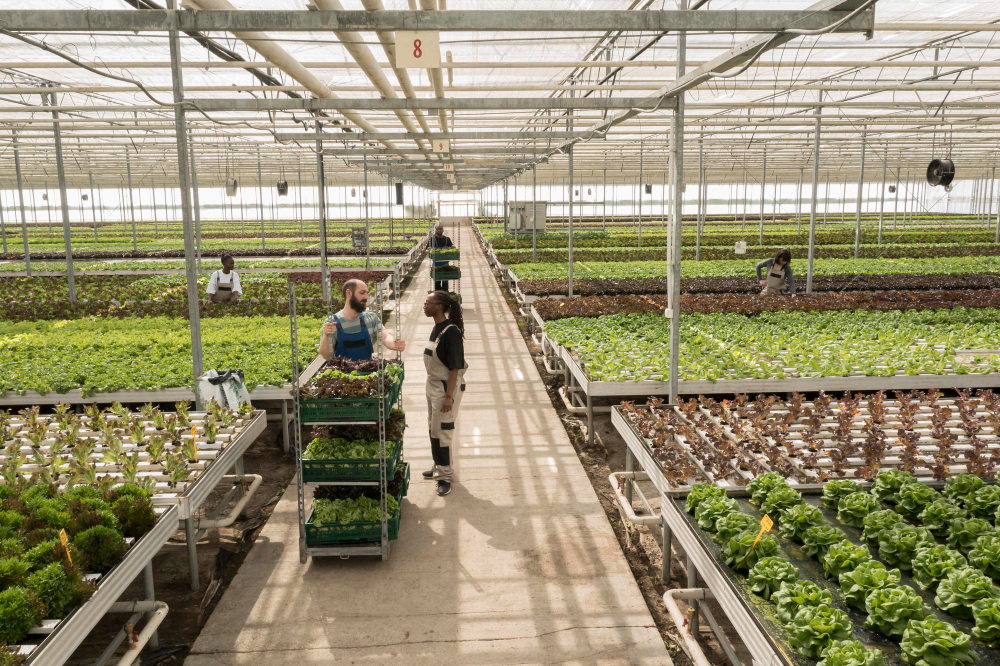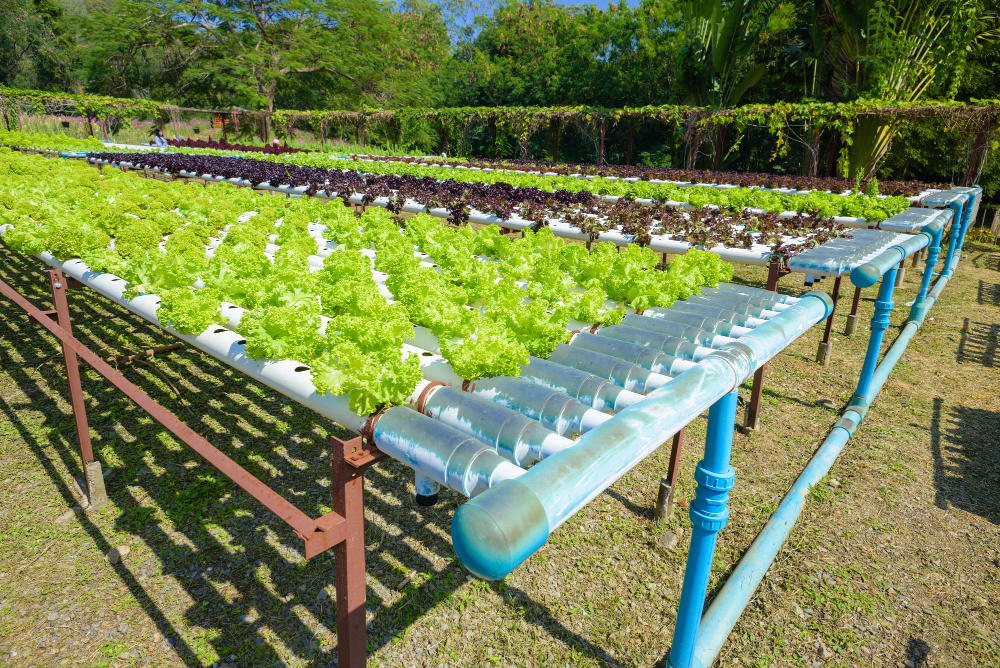Last updated on
What is zero waste farming, and is sustainable agriculture for you? If you’re thinking of starting green farming, read this article first.
Zero waste farming is a method of raising crops and animals that maximizes the use of natural resources such as fungi, bacteria, algae, other animals, and plants in producing different kinds of food. A major characteristic of zero waste agriculture is that it helps to preserve the local indigenous systems, and is a component of sustainable agriculture.
Zero Waste Farming and Sustainable Agriculture Practices

Sustainable agriculture has three main objectives, which include maintaining economic profitability, environmental health, and economic and social equity. To put it plainly, sustainable farming is environment-friendly, with practices and methods that are economically and environmentally viable such as recycling on a farm.
Methods and practices of sustainable agriculture include the following.
Aquaponics and Hydroponics
These farming techniques grow plants without the use of soil. The plants get nourishment from nutrients that are added to the water solution, in which they’re grown. In hydroponic systems, the plants are placed with their roots in contact with a mineral solution.
Aquaponics integrates the growing of hydroponic crops to raising aquatic animals. The nutrient-rich water that results from the mineralization of wastes from the aquaculture fish helps to nourish the hydroponic plants. After the plants have used the water, it’s then purified and put back into the system to be used by fish.
Targeted Insect Management
This kind of pest management combines pest control techniques in observing and identifying pests. In sustainable agriculture, it’s important to realize that not all insects are harmful, and that some should be allowed to co-exist with the crop instead of spending money to cruelly eliminate them.
Using Renewable Resources
The most vital practice of a zero-waste farm is the use of renewable resources such as hydrothermal, solar or wind-power. These power sources are used to run various machines on the farm such as heaters or water pumps. Renewable energy sources are popular for their eco-friendliness.
Crop Rotation
This method has been used since ancient times, and is known to make the soil healthier. It works by choosing crops to plant in a pattern, so that the crops planted in the present season replenish the salts and nutrients in the soil, which were absorbed by the plants in the previous crop cycle.
Crop rotations are also proven to prevent plant diseases such as tan spot or crown rot. Pests such as phoma and septoria can also be avoided using this technique. The reason why crop rotation works is that diseases are crop-specific.
Using Natural Pest Eliminators
Farmers create a shelter for animals that are considered to be natural pest eliminators. These include birds, bats, beetles and ladybugs, which feed on mites, aphids and pest flies. These animals can be purchased in farming supply shops and pest control stores. They are then released around the crops and allowed to make the farm their home.
Good Water Management
To manage farm water better, it’s first important to select the right crops. Choosing local crops is a more sensible option since they’re already more adaptable to the weather conditions in the region. Crops that don’t need much water should be chosen for dry regions. Irrigation systems must be planned well or else they’ll result in other problems, such as soil degradation, dry land, and river depletion.
One way in which farmers add a source of water to their farms is by installing a rainwater harvesting system, which stores rainwater for use in drought conditions. Municipal wastewater may also be recycled and used to irrigate farms.
Manual Weed Removal
In small farms, farmers can manually eliminate weeds from crops. Since this technique is quite laborious, it may not be applicable for large farms. While old crops can be burned so that weeds don’t produce seeds, this encourages air pollution.
Polyculture Farming
This technique involves growing different crop species in one location. The species usually complement one another, and a wider variety of products can be generated in one plot to maximize the available resources. Having a wide variety of crops makes the farming system more resilient to weather changes, enhances a balanced diet and makes use of natural ways to preserve soil fertility.
Permaculture
This food production system was designed to use smart farming techniques, reduce waste and to improve production efficiency. Usually, this system uses perennial crops such as nut trees, fruit trees and shrubs that work well together.
Growing Old and Heirloom Varieties
Over the last century, around ninety percent of the vegetable and fruit seed varieties were lost. Industrialization of the world food system caused the commercialization of only a few varieties of food plants. Thus, farmers often need to grow old and heirloom crop varieties to preserve the biodiversity of the seeds and keep them before the plants are lost forever.
Agroforestry
This powerful farming tool has proved helpful for farmers in dry areas. Agroforestry involves growing shrubs and trees together with grazing land and crops. It uses both forestry and agricultural practices to allow productive, long-lasting and diverse land use.
The trees grown in these dry areas produce a pleasant microclimate that maintains a stable humidity and temperature for the soil while protecting crops from heavy rains or wind. Trees help to balance soils, reduce nutrient runoff and develop soil structure. They also provide farmers with fruits and wood as an added source of income.
Biodynamic Farming
This system uses holistic and ecological growing practices and can be used in farms that produce a variety of crops, vineyards, gardens, and other types of agriculture. For biodynamic farming, wide biodiversity of animals, plants, and helpful insects is used to replenish soil nutrients and encourage plant growth for a strong ecosystem.
Biodynamic farming focuses on optimizing soil fertility and health for food farming, using practices such as composting, cover cropping, crop rotation and application of animal manure.

The Takeaway
Sustainable or zero-waste farming produces plants, food, and animals using techniques proven to provide benefits for the environment and public health while encouraging economic profitability. Sustainable agriculture promotes innovative and recycling methods to produce food, plant, and animal products.
Related reading:
Table of Contents





